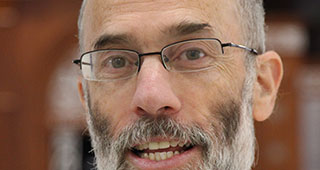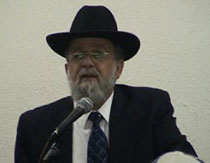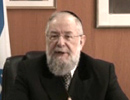Beit Midrash
- Torah Portion and Tanach
- Vayikra
- Metzora
Since tzoraat was therefore a disease of character traits and flaws, it is natural that the Torah placed the responsibility of diagnosing and curing the disease, not upon doctors or healers, but rather on the kohein - the priest of Israel. The kohein was to be the spiritual mentor and guide for Jews. The prophet proclaimed: "For the lips of the kohein shall guard knowledge and wisdom and people shall seek to learn Torah from him for he is likened unto an angel of God." The kohein was the sole healer of these hidden character weaknesses that lay deep within a person’s soul and personality. Apparently with the decline of the spiritual strength of the kohanim in Second Temple times, the disease of tzoraat also disappeared. We have no record of its actual appearance in Second Temple times, though the rules of purification enumerated in this week’s parsha were continued to be studied and appear as a separate mesechet in the Mishna. The rabbis always spoke of tzoraat as something that required study and analysis - drosh - search and analyze. If one actually did that and underwent the searing self-analysis that is required to uproot the possibility of tzoraat in one’s self then in the words of the rabbis "vkabel sachar - one will be rewarded and receive payment." That lesson remains valid for all times and under all circumstances. We no longer have any kohein capable of discerning tzoraat nor do we actually have tzoraat itself in our midst but the root causes of tzoraat still exist abundantly within us and our society. Before the coming of the great Pesach holiday let us attempt to purify ourselves from those negative causes and traits.

Speaking Lashon Hara
Parashat Tazria-Metzora
Rabbi Dr. Yehuda Schnall | 5764
Metzora
Rabbi Berel Wein zt"l | 5771
Parshat Tazria-Metzora
Rabbi Zalman Baruch Melamed | Iyar , 5761























